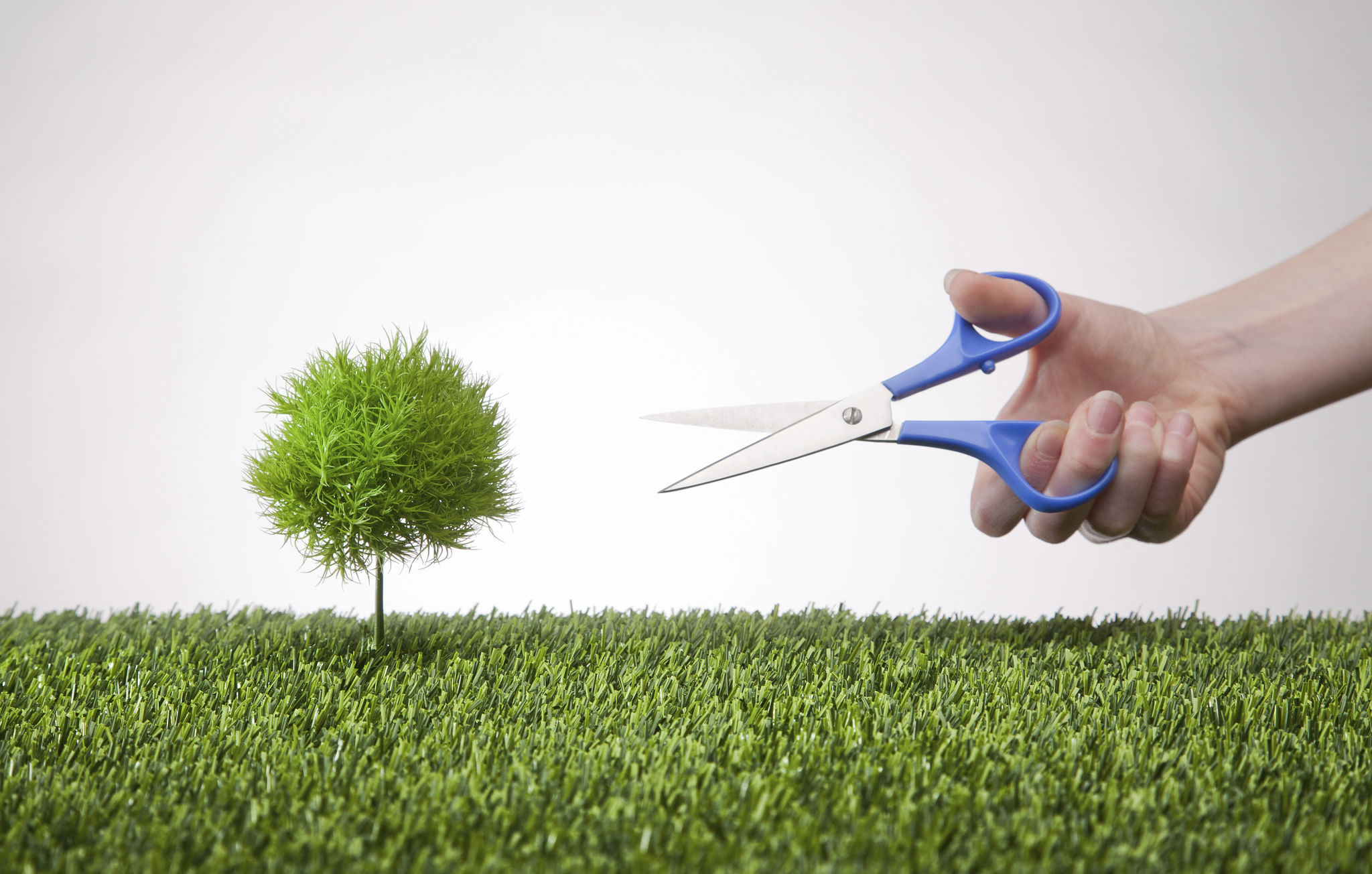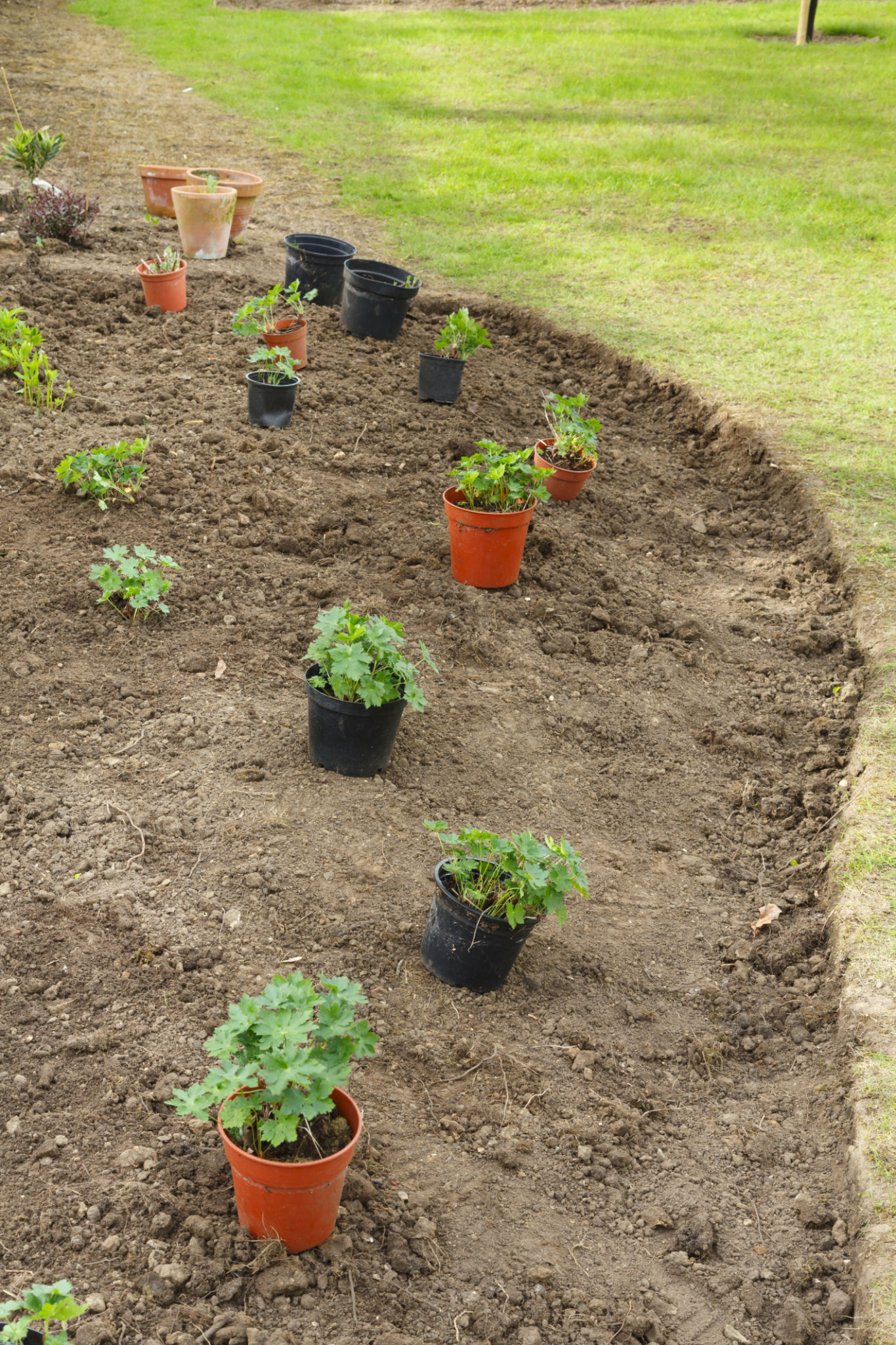Avoid These Common Landscaping Mistakes: Tips from Professionals
Introduction to Common Landscaping Mistakes
Landscaping can significantly enhance the beauty and value of your property, but it often involves more than planting a few trees and shrubs. Many homeowners fall into common pitfalls that can lead to unnecessary expenses and less-than-ideal results. To help you achieve a stunning landscape, we've gathered insights from professionals on what mistakes to avoid and how to create a truly captivating outdoor space.

Overlooking Soil Quality
One of the most frequent mistakes in landscaping is neglecting the quality of the soil. Without a strong foundation, your plants may struggle to thrive, no matter how much you care for them. Before planting, it's crucial to test your soil for pH levels and nutrient content. This will guide you in amending the soil appropriately, ensuring that your plants have the best possible start.
Consider incorporating organic matter, such as compost or well-rotted manure, to improve soil structure and fertility. These additives can help retain moisture and provide essential nutrients for plant growth. Remember, healthy soil is the cornerstone of any successful landscape.
Ignoring Plant Growth and Spacing
Another common error is failing to account for the mature size of plants. When plants are placed too close together, they compete for resources like sunlight and water, which can lead to stunted growth or even death. To avoid this, research the growth habits of the plants you choose and plan your layout accordingly.

Proper spacing not only ensures healthier plants but also reduces the need for frequent pruning and maintenance. It’s always better to give plants more room than they need initially, as this will accommodate their natural growth and allow for a more balanced landscape over time.
Neglecting a Cohesive Design
A well-thought-out landscape design is essential for creating an inviting and harmonious outdoor space. Unfortunately, many homeowners make the mistake of adding elements haphazardly without considering how they fit into the overall design. This can result in a disjointed appearance that lacks flow and coherence.
To avoid this pitfall, start with a clear plan that considers scale, proportion, color, and texture. Think about how each element complements the others and contributes to the overall aesthetic. Consult with a professional landscaper if necessary, as they can offer valuable advice on creating a design that enhances your home’s architecture and natural surroundings.

Overwatering or Underwatering
Water management is another critical aspect of successful landscaping. Overwatering can lead to root rot and other plant diseases, while underwatering can cause plants to wilt and die. The key is finding the right balance based on the specific needs of your plants and local climate conditions.
Invest in a reliable irrigation system or practice efficient watering techniques such as drip irrigation or soaker hoses. These methods deliver water directly to the plant roots, minimizing waste and promoting healthier growth. Regularly check moisture levels in the soil and adjust your watering schedule as needed.
Conclusion: Achieving Landscaping Success
Avoiding these common landscaping mistakes can save you time, money, and frustration while helping you create a beautiful outdoor space that you’ll enjoy for years to come. By focusing on soil quality, plant spacing, cohesive design, and proper watering techniques, you'll be well on your way to achieving professional landscaping results.
For those unsure where to start or looking for expert guidance, consider reaching out to a local landscaping professional. Their expertise can offer personalized solutions tailored to your specific needs and preferences.
